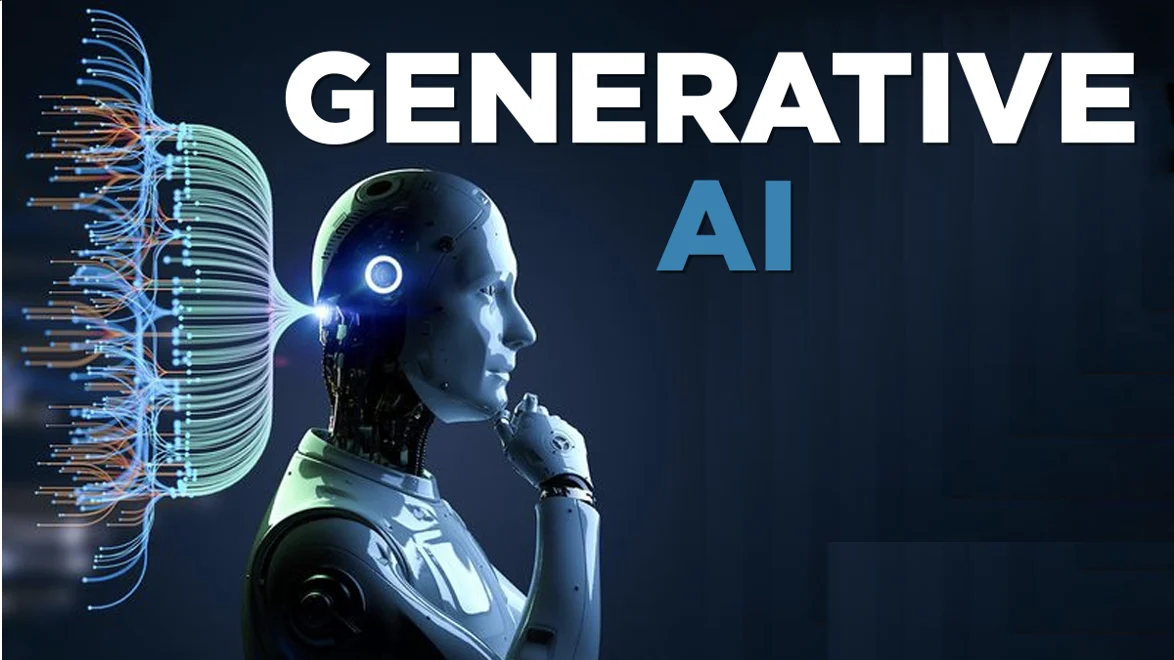In a world where technology moves faster than regulation, one of the most dangerous trends is quietly growing right under our noses — and it’s coming for your health.
From fake miracle cures to fabricated endorsements by so-called “doctors,” generative AI and deepfake technology are the new weapons of deception. With the click of a button, a face can smile, a voice can speak, and a video can persuade — all without ever being real. The danger? You may believe it.
The New Face of Deception
Gone are the days when scams were riddled with typos and obvious blunders. Now, they come polished, pixel-perfect, and disturbingly real.
Imagine watching a video where a trusted health expert recommends a supplement that promises to reverse chronic illness. The voice is familiar. The face is comforting. But none of it is real. It’s a deepfake, generated by artificial intelligence to mimic reality with chilling accuracy.
These aren’t just innocent manipulations. They’re part of a growing web of misinformation designed to manipulate emotions, steal money, and risk lives.
Why Health Is the Perfect Target
Your health is personal. It’s emotional. And it’s vulnerable. That’s exactly why health misinformation spreads so fast — especially when wrapped in the glossy cloak of AI-generated authority.
Scammers no longer need to invent credentials. They simply steal real ones — faces, voices, reputations — and twist them into tools of manipulation.
And while technology accelerates, safeguards crawl.
The Damage Is Already Being Done
Behind the screen, the strategy is simple: exploit trust, inject fear, and offer false hope.
Many unsuspecting individuals have already fallen for convincing AI-generated content — videos and posts that appear as though a respected expert is speaking directly to them, recommending a product, or offering guidance. Only later do they realize: it was all fake.
The worst part? Even when flagged, these videos are often not removed. Platforms struggle to tell what’s real and what’s not. And while they deliberate, the lies keep spreading.
How to Tell What’s Fake
Detecting a deepfake is not easy — and that’s the point. But here’s what to look out for:
- Glitches in facial movements
- Mismatched audio and lip-sync
- Inconsistent lighting or background
- Strangely smooth or pixelated skin
- Weird eye movements or unnatural blinking
- A message that feels “off,” even if everything looks “right”
Always pause. Always question. Learn the art of asking. Ask yourself: Would this person really say this? Does it feel believable, or just emotionally charged?
What Can You Do?
In the age of AI, the only real shield is awareness. Here’s how to protect yourself and others:
- Don’t believe everything that looks polished. The more perfect it seems, the more skeptical you should be.
- Cross-verify medical claims with trusted health professionals.
- Report suspicious content on social platforms — every report counts.
- Speak up in comments if something feels off — you could save someone else from falling for it.
- Educate others about deepfakes and AI-generated misinformation, especially older adults and those less digitally literate.
Why This Is Just the Beginning
The tools to create these fakes are getting better — and more accessible — by the day. What took hours a year ago now takes minutes. As generative AI continues to evolve, the line between reality and fiction will only get blurrier.
If today’s deepfakes can fool us, imagine what’s coming tomorrow.
Will we still recognize truth when we see it? Or will the illusion become indistinguishable from reality?
The Bottom Line
This is not just a tech issue. This is a public health issue. Because when people act on false health information, they risk not just money — they risk their lives.
Generative AI and deepfake technology aren’t inherently evil. But in the wrong hands, they become tools of deception. And without proper awareness and regulation, we’re handing scammers the keys to our most vulnerable spaces — our health, our trust, and our decision-making.
So the next time you see a confident face in a video offering a cure, pause. Look closer. Think deeper.
Because in this new digital world, seeing is no longer believing.

